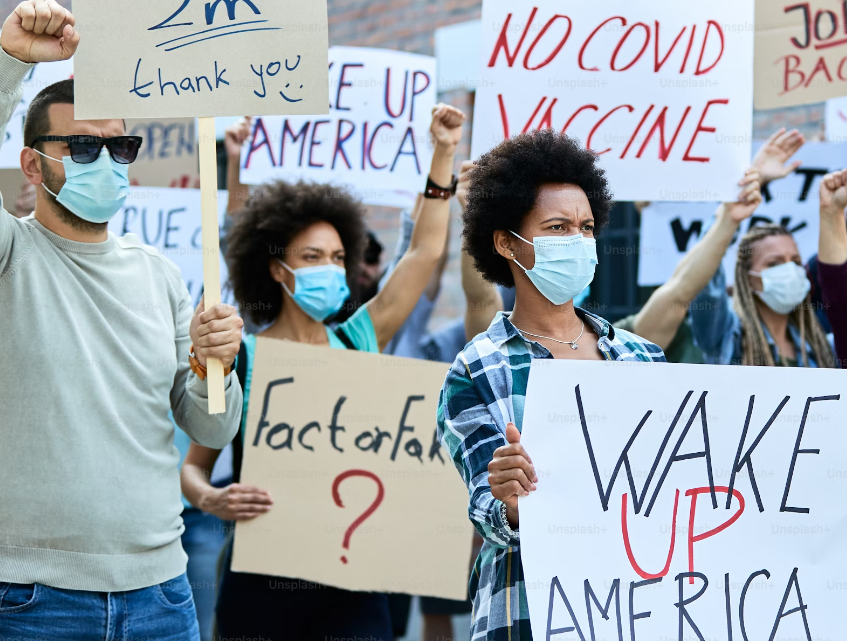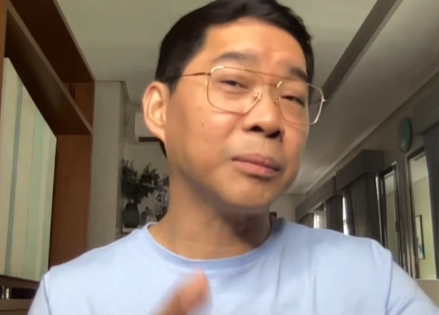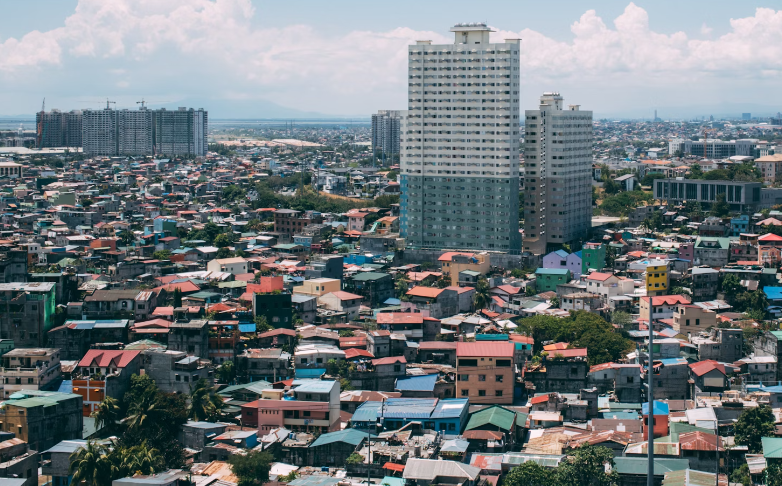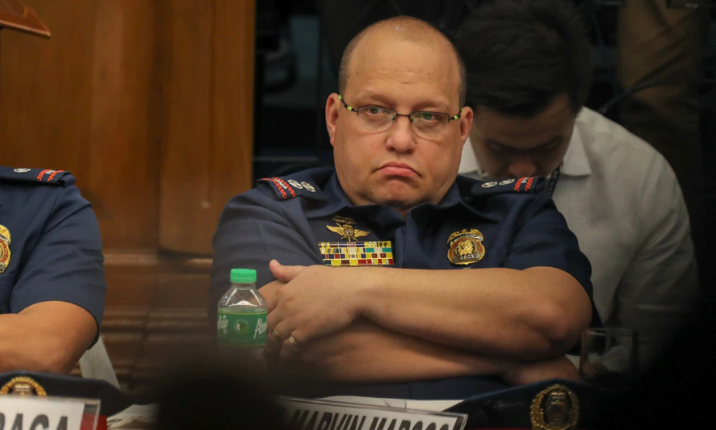Political Unrest in the United States: Protests and Divisions Shake the Nation
The United States, long seen as a beacon of stability and democracy, is experiencing a period of significant political unrest. Widespread protests, deep political divisions, and a climate of uncertainty are shaking the nation, highlighting deep-seated issues that have come to the forefront in recent years. Here’s a closer look at the causes, consequences, and potential paths forward as America grapples with these challenges.
1. Deepening Political Polarization
One of the core issues fueling unrest in the United States is the growing political polarization between major parties and their supporters. Political discourse has become increasingly hostile, with both sides accusing each other of undermining democratic values. This polarization has seeped into every aspect of American life, from media consumption to social interactions, creating an environment where compromise and dialogue are often seen as weaknesses.
The sharp divide between progressives and conservatives is evident in nearly every major issue, from healthcare to immigration and climate change. As these divisions deepen, they manifest in protests, social movements, and sometimes violent clashes between opposing groups.
2. Protests Against Social Inequality and Injustice
Protests have become a defining feature of the current political landscape, with movements like Black Lives Matter and others pushing for justice and equality. These protests are driven by a long-standing sense of marginalization and inequality, particularly among minority communities.
Police brutality, systemic racism, and economic inequality have been focal points of these demonstrations. The protests have ranged from peaceful marches to more confrontational acts, sparking debates about the role of law enforcement, the justice system, and what meaningful reform looks like. The widespread nature of these movements has drawn international attention, with many seeing the unrest as a reflection of deeper structural issues within the United States.
3. Election Integrity and Democracy Concerns
Questions about election integrity have also played a significant role in fueling political unrest. Following the contentious 2020 presidential election, accusations of election fraud and concerns about voting security have further divided the nation. While numerous investigations have shown that the election results were legitimate, a significant portion of the population remains skeptical.
This skepticism has led to protests challenging the electoral system and has resulted in new voting laws in several states, which some argue restrict voting rights. The intense focus on election integrity highlights the fragility of the nation’s democratic institutions and the urgent need for public trust in the electoral process to be restored.
4. The Role of Social Media in Amplifying Unrest
Social media has played a complex role in the current political turmoil. On one hand, platforms like Twitter, Facebook, and TikTok have been crucial in organizing protests, spreading awareness, and giving voice to marginalized groups. On the other hand, these platforms have also been used to spread misinformation, conspiracy theories, and inflammatory rhetoric, further fueling tensions and divisions.
The spread of misinformation, particularly regarding elections, vaccines, and government policies, has eroded trust in public institutions and created echo chambers where individuals are increasingly exposed to views that reinforce their own biases. This has made it difficult for any national consensus to emerge, as people consume vastly different narratives depending on their political affiliations.
5. The Impact of Economic Uncertainty
Economic challenges have also played a significant role in the unrest. Rising inflation, job insecurity, and concerns about the future of the economy have left many Americans feeling anxious and disenfranchised. For some, these economic challenges have compounded their frustrations with the political system, leading them to demand change through protests and activism.
The economic recovery following the COVID-19 pandemic has been uneven, with some industries rebounding quickly while others struggle to regain footing. This has led to stark economic disparities, further highlighting issues of inequality and contributing to the overall climate of dissatisfaction.
6. Calls for Political Reform
In response to the turmoil, many Americans are calling for sweeping political reforms to address systemic issues. Proposals include changes to the electoral system, police reform, social justice initiatives, and more stringent regulations on corporate influence in politics. These reform movements are driven by the belief that the current political system is not working for the majority of people, and that significant changes are necessary to restore faith in democracy.
However, implementing these reforms will require bipartisan cooperation and dialogue—something that has been difficult to achieve in the current polarized climate. Without meaningful efforts to bridge the divide, these calls for reform may go unheard, further fueling discontent.
7. The Role of Leadership
Political leadership during times of unrest is crucial, yet the United States is currently grappling with a leadership crisis. The political class remains deeply divided, with ongoing disputes between federal and state governments over issues such as pandemic response, economic recovery, and voting rights. These conflicts have made it challenging for the country to present a unified front in addressing its many pressing challenges.
Public trust in government institutions, including Congress and the presidency, has diminished, with many Americans feeling disillusioned by their leaders. Restoring faith in leadership will be essential in navigating the current crisis and fostering national unity.
8. The Path Forward: Healing a Divided Nation
The unrest and protests in the United States are symptomatic of broader issues that need to be addressed if the country is to move forward. Healing the divisions within society will require an inclusive approach, one that emphasizes dialogue, understanding, and empathy across political, racial, and socioeconomic lines.
Educational initiatives, media literacy programs, and efforts to rebuild trust in democratic institutions could play a role in easing tensions. Moreover, addressing systemic issues such as racial inequality, economic disparities, and political corruption will be key to restoring faith in the American political system.
While the road ahead is challenging, the resilience of the American people and their commitment to democracy offer hope. The current unrest may ultimately serve as a catalyst for positive change, pushing the country to confront its most pressing issues and work toward a more just, equitable, and united future.
Conclusion: A Nation in Flux
Political turmoil in the United States has reached a critical point, with protests and unrest highlighting the deep divisions within the country. While the challenges are vast—ranging from social inequality to political polarization and economic uncertainty—there is also an opportunity for renewal and reform. By addressing the root causes of unrest and fostering a spirit of collaboration and understanding, the United States can navigate through these turbulent times and emerge stronger on the other side.





